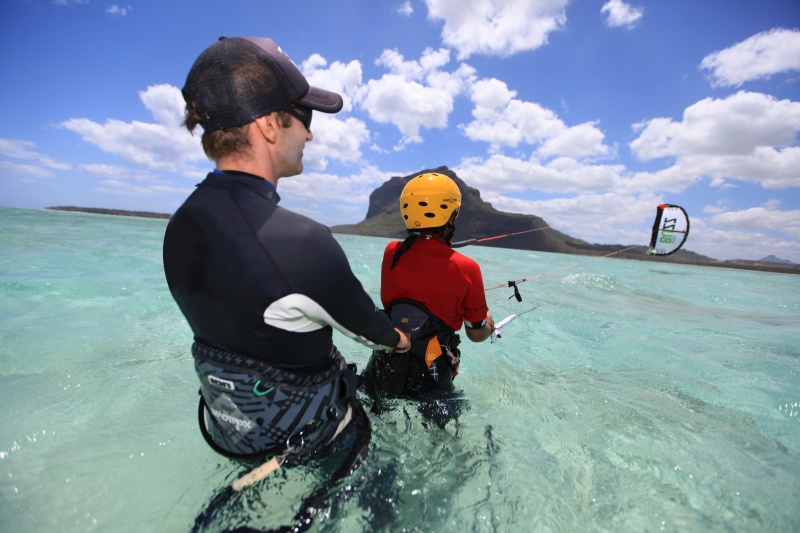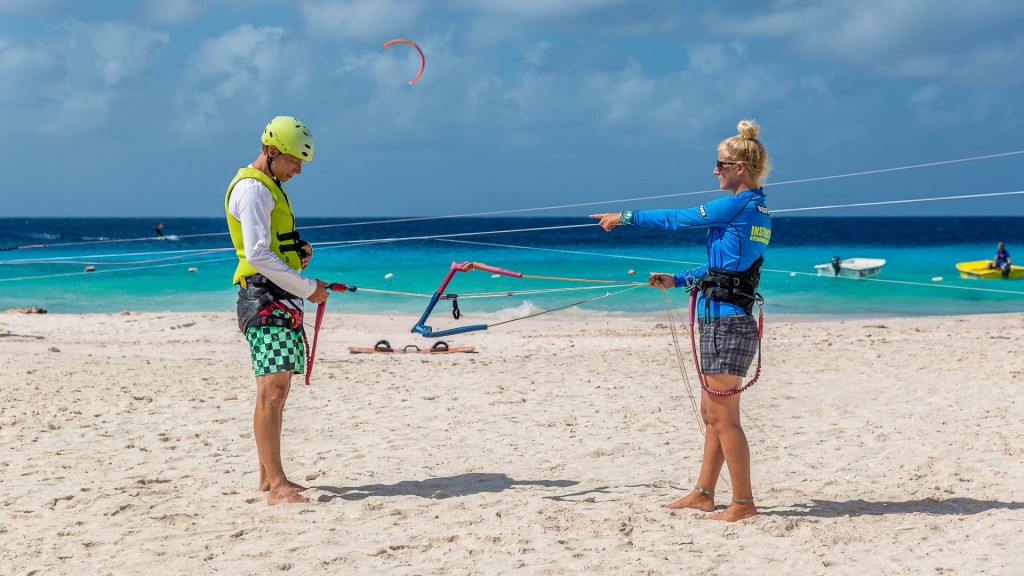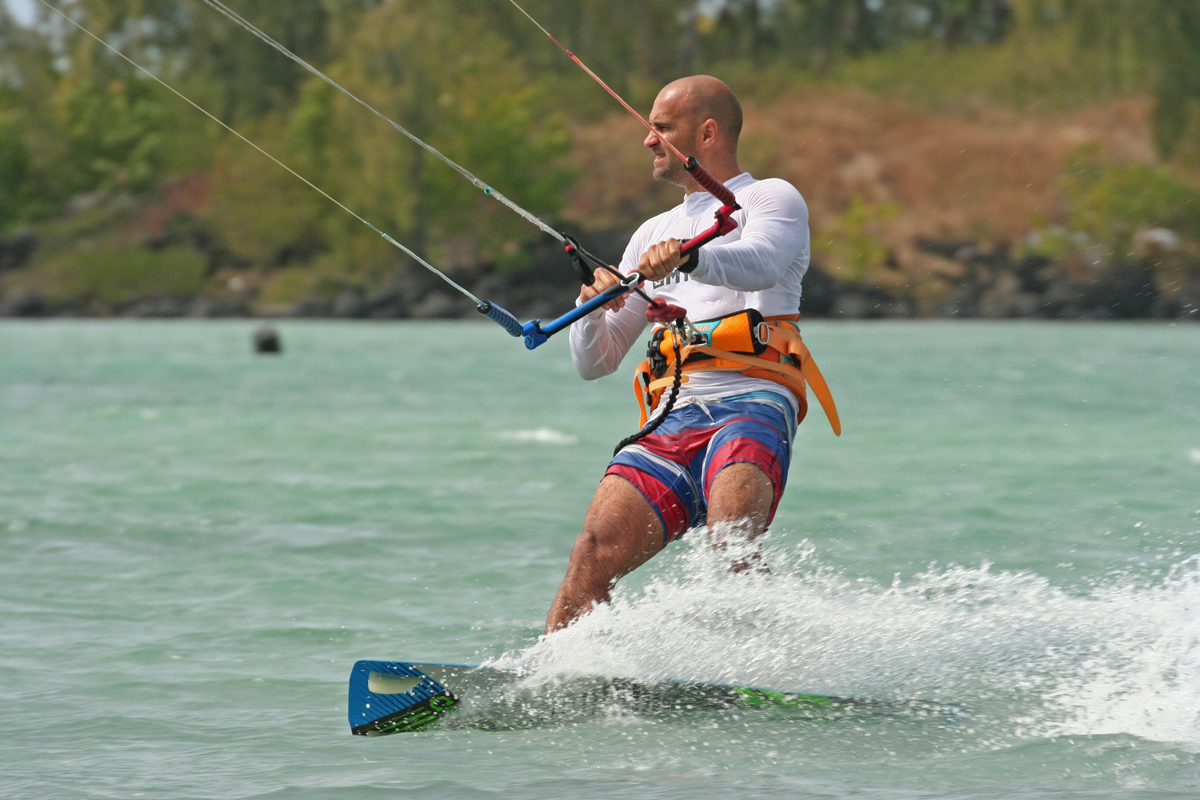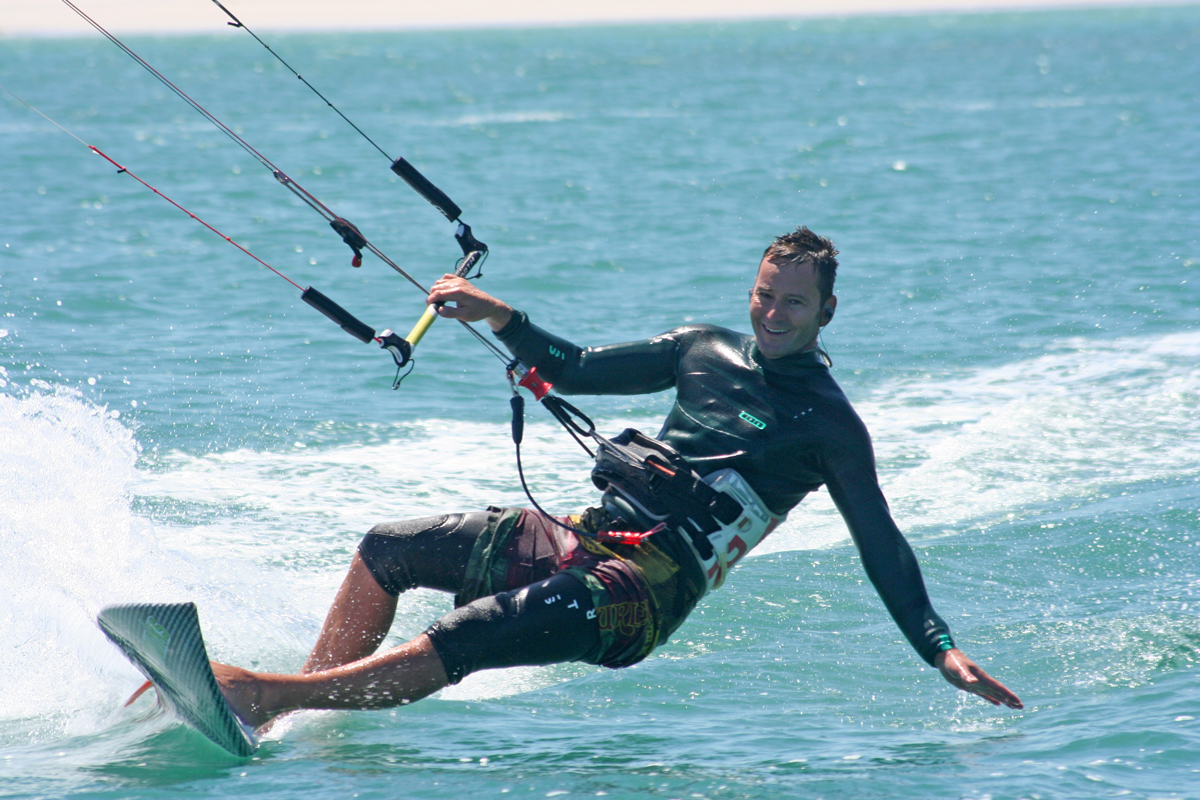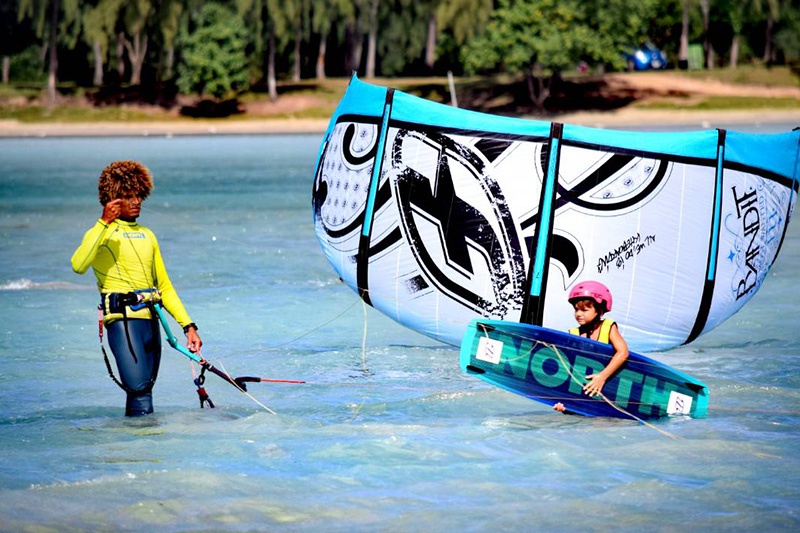Combining skills from surfing, sailing, windsurfing and paragliding, kitesurfing looks like a very difficult sport to master. Many people feel it is way out of reach, but the truth is that the principles of kitesurfing are simple. In fact, it’s easy to learn the essentials in a couple of days. It might be a while before you’re catching big air, but you could be riding across the water in no time. Here is everything you need to know about learning to kitesurf:
Who can learn?
Almost anybody with a reasonable level of mobility can kitesurf. You don’t have to be an elite athlete, just have a normal level of fitness. The harness distributes the power to the body, so you won’t need excessive strength. And with kite safety having greatly improved in recent years, it’s now an accessible and safe sport for all. Even kids can learn to kitesurf, with some centres taking kids from as young as eight, but this is at the discretion of the centre and parents.
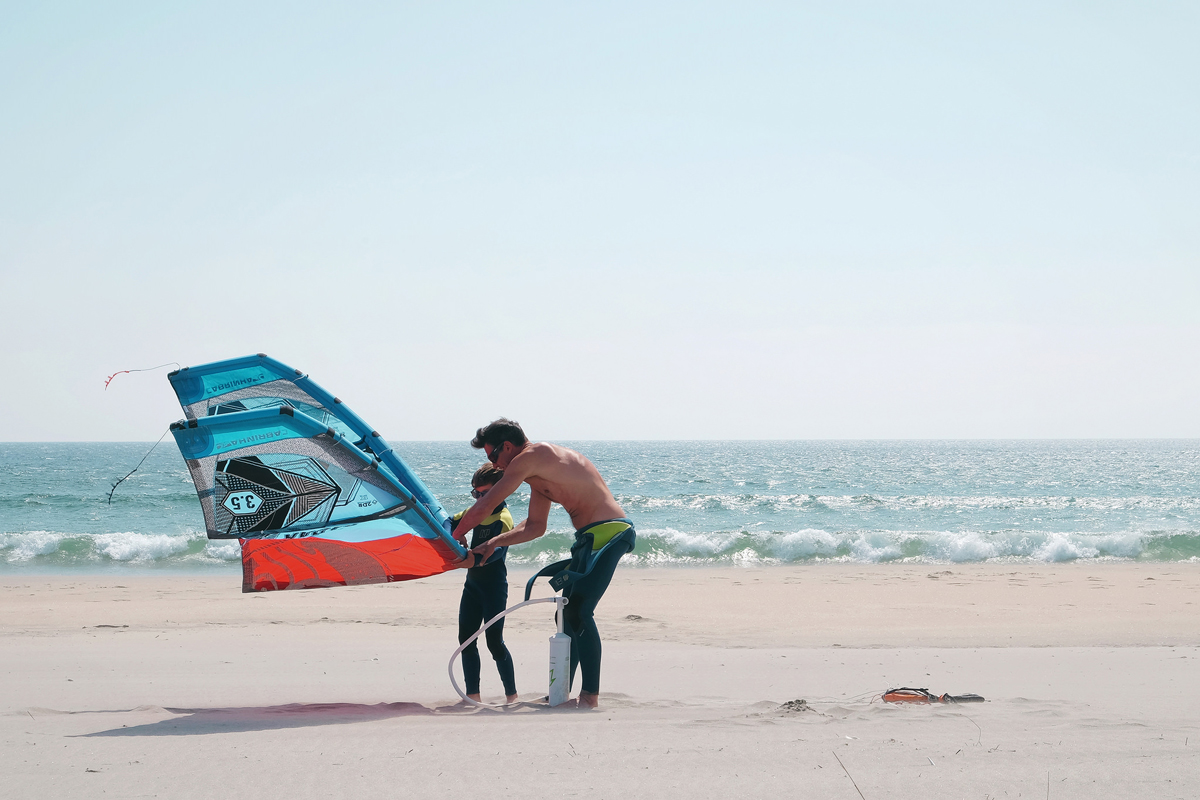
Choosing the right kit
Don’t worry if you don’t have a clue about kitesurfing terminology or equipment. Your instructor will choose suitable gear for you to use. As a beginner, you’ll need a high stability, wide range kite with a moderate turning speed. These kites will be chosen by your instructor and will be suitable for the wind and appropriate for your bodyweight. Your first board should be one you find comfortable. Beginner boards are larger, more stable, lighter and again, suitable for your weight.
As you improve, you might want to upgrade to a bigger kite and smaller board but it’s important not to rush. Make sure you’ve got a firm grip on the basics first. It’s also essential that you wear the right safety equipment, including a helmet and life jacket. All of these can be rented from the center where you choose to do lessons.
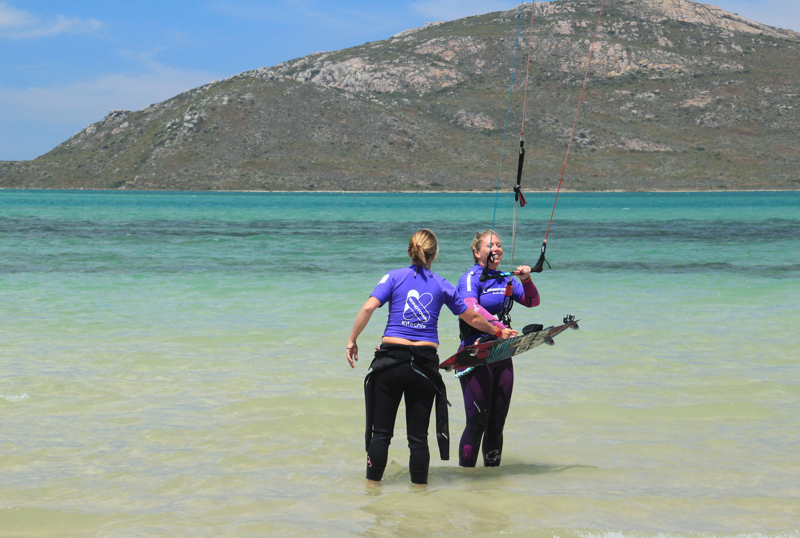
Using the kite
You’ll start out on dry land, inflating your kite and learning how to launch. Aim to get it as high as possible while being centered. Try and maintain control as you maneuver left and right. The area in which you can maintain control of your kite is called your ‘window’. Keep practicing until you get used to your window.
You will do this first with a training kite before moving on to full a size kite. You will then do the same in the water, still without the board, until you can perform the same moves you were doing on land. When confident, practice dragging your body through the water in different directions until you are comfortable controlling your kite on the move. Body dragging will also come in handy if you ever need to retrieve a lost board.
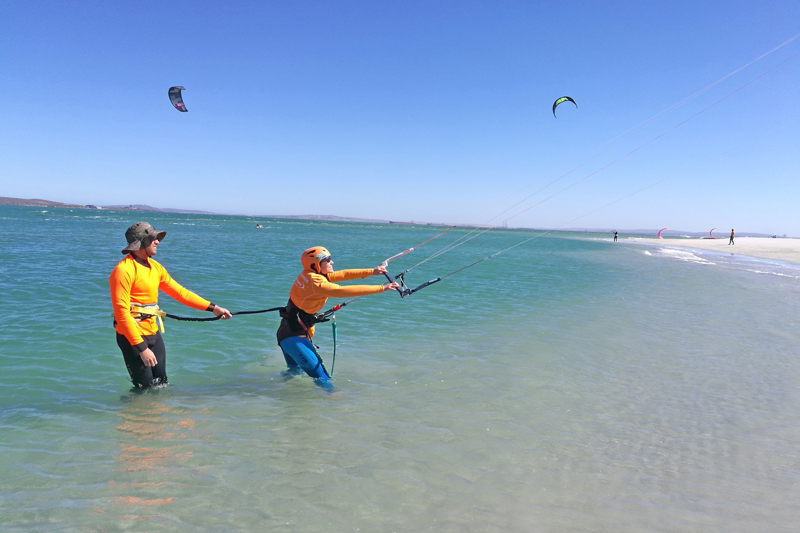
Get on your board
Get your kite in the air, sit back in the water and slip your feet into the board, getting used to the floating sensation. When you’re ready, pull yourself into standing position and keep your centre of gravity low. And away you go! You will probably fall quite a lot and find learning very tiring, but within a few days, it will also seem to click, which is very rewarding.
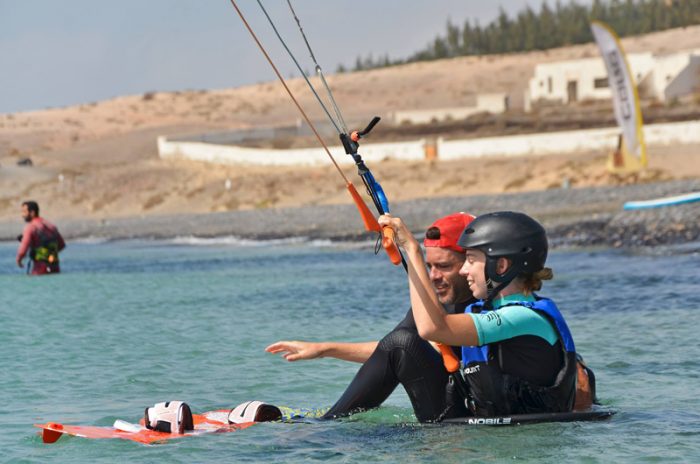
Why a kitesurfing holiday is best
It’s always best to try and learn all these skills over a few days on a learn to kitesurf holiday. If you leave it too long between mastering the kite and hitting the water, you’re likely to set back your progress. That’s why a kitesurfing holiday, where you can have a run of consecutive days with expert tuition, is generally considered the best way to learn. By the end of a week’s intensive tuition, you’ll be gliding across the water and ready to make the step to the next level. Learning on holiday means you can go somewhere with ideal conditions, plus you can relax your weary muscles by the beach or pool once you’ve finished for the day.
